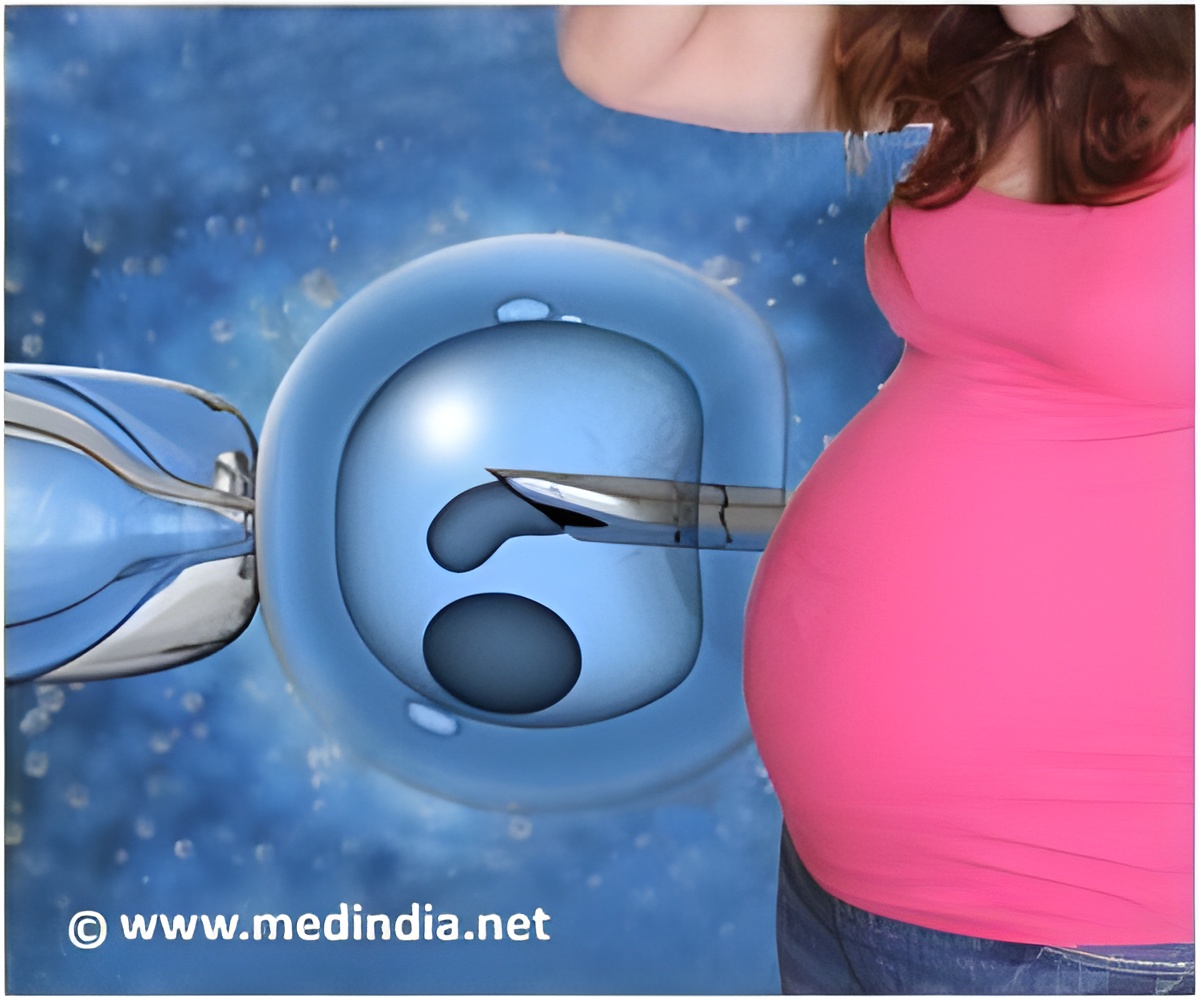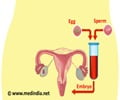New research suggests that hospital costs are higher and the odds of complication and death are greater for multiple-birth infants than singleton births.

Background: The increase in multiple births over the past three decades is a public health concern worldwide. The increase parallels the trend in higher maternal age, which predisposes women to naturally occurring multiple births, and the increasing use of medically assisted reproduction. The authors sought to conduct a comprehensive economic and health services assessment of the frequency, duration and cost of hospital admissions during the first five years of life for singleton, twin and higher-order multiple (HOM) births, as well as examine the contribution of ART.
How the Study Was Conducted: The authors used birth, hospital and death records for 233,850 infants born in Western Australia between 1993 and 2003 and followed up to 2008.
Results: Of the 226,624 singleton, 6,941 twin and 285 HOM infants, 1 percent of the singletons, 15.4 percent of the twins and 34.7 percent of the HOM children were conceived using ART. Twins and HOMs were 3.4 and 9.6 times, respectively, more likely to be stillborn and 6.4 and 36.7 times, respectively, more likely to die during the neonatal period than singletons. Twins and HOMs also were 18.7 and 525.1 times, respectively, more likely to be preterm and 3.6 and 2.8 times, respectively, more likely to be small for gestational age than singleton births. The average hospital costs for a child to age 5 also differed for singleton, twin and HOMs at $2,730, $8,993 and $24,411, respectively.
Discussion: "In conclusion, the greater morbidity and mortality associated with multiple births are reflected in the substantially higher inpatient hospital costs during the neonatal period and during the first year of life. While inpatient hospital costs in later years tended to be similar to those of singletons, it is clear from other studies that the risk of long-term adverse health outcomes and excess societal costs is ongoing. … The application of this knowledge alongside clinical and patient education programs is important to ensure clinically responsible fertility treatments that result in the best possible outcomes for fertility patients and their children."
(JAMA Pediatr. Published online September 15, 2014. doi:10.1001/jamapediatrics.2014.1357..)
Advertisement
Editorial: Single vs. Multiple Embryo Transfer
Advertisement
"How can we contextualize these findings? A 2002 study told us that, in the United States, insurance coverage of IVF [in vitro fertilization] is a key factor in how parents, like those in the Chambers et al study, make their decisions around embryo transfer," they continue.
"In light of studies that have shown that patients in settings with no mandated insurance coverage of IVF services make very different decisions regarding embryo transfer, we must recognize the dangerous and potentially discriminatory ways in which even educated reproductive decision making seems to be constrained by a restrictive coverage environment. … Indeed, the human cost in increased complications and poorer neonatal outcomes alone should justify a change in payer policy. In the United States, where MET [multiple embryo transfer] rates and costs of assisted reproduction remain extremely high compared with other developed countries and where an ongoing public debate regarding how insurance coverage relates to the reproductive rights and choices of women and families continues in the era of health reform, payer policies that allow for rational decisions and healthy families must be prioritized and pursued by consumers, employers and legislators alike," the authors conclude.
(JAMA Pediatr. Published online September 15, 2014. doi:10.1001/jamapediatrics.2014.1683. )
Editor's Note: Please see article for additional information, including other authors, author contributions and affiliations, etc.
Source-Eurekalert








